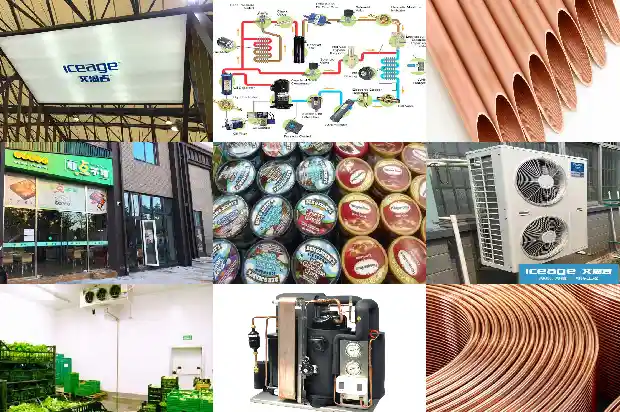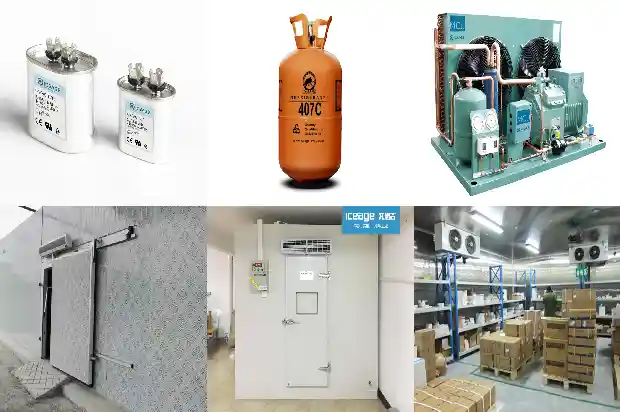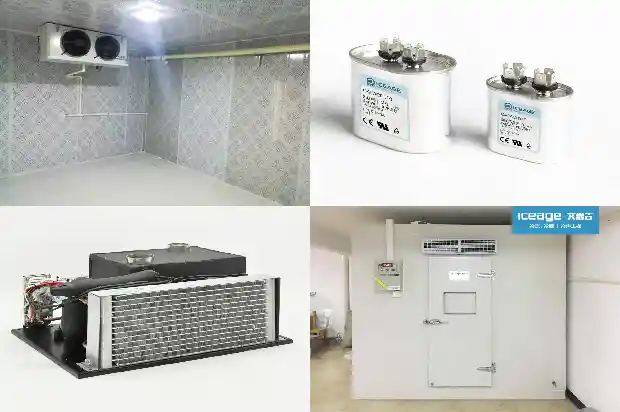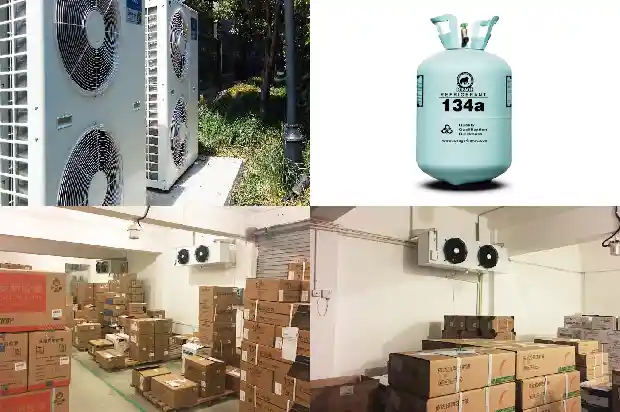HVAC - Construction Details for Condensate Water Drainage
2025-03-04
In the three water systems of chilled water, cooling water, and condensate water in the central air conditioning system, the design generally attaches great importance to the chilled water and cooling water systems. During construction, the management of construction quality, pressure testing, and other aspects are also carried out relatively thoroughly. After operating for a period of time, fewer problems occur. However, relatively less attention is paid to the condensate water system. In most hotel buildings, most of the air conditioning terminals are installed on the ceiling. Due to the lagging nature of problems caused by condensate water drainage, the problems are often discovered only after the ceiling is wet and losses are incurred. Therefore, sufficient attention should also be paid to the drainage of condensate water.
I. Factors Affecting the Normal Drainage of Air Conditioning Condensate Water:
- Using non-standard condensate pipe materials, such as PVC, etc.
- Poor insulation treatment, resulting in condensation on the chilled water pipes and refrigerant pipes.
- Poor sealing treatment, without applying adhesive, or the adhesive not being firmly applied.
- Insufficient slope, preventing the condensate water from being drained.
- Excessive humidity, causing condensation at the air outlet.
II. Setting of Condensate Pipes and Design of Drainage Slope:
- Give priority to the nearest location, and dispersion is preferred.
- When DN < 50 - Standard slope i = 0.035, Minimum slope i = 0.025.
- When DN = 75 - Standard slope i = 0.025, Minimum slope i = 0.015.
- When DN = 100 - Standard slope i = 0.02, Minimum slope i = 0.012.
III. Selection and Connection Methods of Condensate Pipes:
- U-PVC water supply pipes, connected with adhesive.
- Galvanized steel pipes, connected by threaded joints.

- PPR water supply pipes, connected by hot melting.
IV. Operation Process of U-PVC Pipes for Draining Condensate Water:
- When installing the condensate pipe horizontally, ensure a slope of 1/100 (the pipeline should not be bent). The interval between the hanging brackets of the horizontal drain pipe is 0.8 - 1m. If the interval is too large, the condensate pipe will sag and bend, forming an air pocket and preventing smooth drainage.

- The hanger support of the first condensate pipe must be beside the machine, about 300mm away from the machine.
- Set an exhaust pipe at the end or middle part of the main condensate water pipeline to facilitate smooth drainage. The position of the exhaust pipe outlet should be higher than the water level of the highest indoor unit in the drainage system to prevent water from overflowing from the exhaust hole. At the same time, the opening of the exhaust port should face downward to prevent dust or garbage from entering the drain pipe.
- When the condensate water branch pipes converge into the horizontal pipe, try to connect from the upper part. If connected horizontally, the condensate water is likely to flow back; similarly, the condensate water branch pipes should not be connected horizontally to the vertical pipe.
Instead, a diagonal tee or a drop elbow should be used to connect with the vertical pipe; at the confluence of the two branch pipes, avoid directly butting the condensate water pipes on the left and right sides with a tee, which may cause countercurrent. It should be connected by the method of staggering.
- For indoor units with a lifting pump, a more ideal drainage effect can be achieved by increasing the water level of the drainage.
- The condensate water outlet of the high static pressure type indoor unit is under negative pressure. When installing, a water seal elbow must be used to prevent the exhaust from being blocked by the air flow resistance, resulting in poor drainage and even water splashing from the air outlet of the indoor unit.

- Full Water Test of Condensate Water: After the drainage pipe is installed, fill the entire condensate water pipeline with water and check for any leakage at the pipe connection parts. (Before the full water test, do not insulate the connection parts of the drainage pipe, and repair them after the full water test).
- Drainage Test of Condensate Water: Inject a certain amount of water into the condensate water pipe system. It must be ensured that the discharged water accounts for at least 70% of the injected amount to be qualified.
V. Drainage of Condensate Water by Lifting Pump:
When there are relatively high requirements for the ceiling (the height H is only enough to install the unit), using a condensate water lifting pump can quickly solve the problem of condensate water drainage. The specific installation method can be determined according to the on-site situation.
When there are relatively high requirements for the ceiling (the height H is only enough to install the unit), using a condensate water lifting pump can quickly solve the problem of condensate water drainage. The specific installation method can be determined according to the on-site situation.
- Indoor Unit with a Condensate Water Lifting Pump at the Terminal:
① The drainage lifting pump is easy to install, and there is no requirement for the water level difference. The installation height can be chosen freely by the installer, which solves the elevation problem in architectural design and engineering installation and improves the engineering decoration surface.
② Due to the addition of the drainage pump, the water in the pipe has power and is in a flowing state, so dirt is not easy to deposit.
③ The entire system is automatically controlled by a liquid level sensor and has an ultra-high water level alarm protection, which is highly intelligent and humanized, and completely eliminates the problem of air conditioning condensate water overflow. - Indoor Unit without a Condensate Water Lifting Pump at the Terminal:
① It has a greater impact on the ceiling elevation.
② The interfaces of the insulation materials and all gaps are required to be tightly bonded with special rubber-plastic adhesive, and there should be no loose or poorly bonded phenomena.
③ During the insulation construction in summer, the rubber-plastic insulation material should not be stretched too tightly to prevent the insulation layer from shrinking and the adhesive from coming off when the temperature is too low in winter.
④ During the insulation construction in winter, the indoor environmental temperature is required to be not lower than 5°C. The bonding effect of the adhesive and tape is not good when the temperature is lower than 5°C.
Related Articles
- Myths about "condensate water" in HVAC construction. Know more
- Performance Comparison of Multi - connected Units, Air - cooled Modules and Water - cooled Screw Units
- Working Principle and Daily Maintenance of Water-based Machines
- Analysis of the Causes and Hazards of Corrosion in the Circulating Water System
- Comprehensive Introduction to Chilled Water Systems of Large - scale Central Air - conditioners
- Consequences of System Tripping Due to the Absence of an Anti - siphon Pipe in the Stator Cooling Water System
- How Much Do You Know About the Chilled Water System of Large - scale Central Air - conditioners?
- Basic Faults and Preventive Maintenance of Water - cooled Units
- Three Common Methods for Removing Water Scale from Water - cooled Condensers
- What Are the Differences Between Chillers and General Water - cooled Equipment?
- Selection of Bypass Control Valves for Air - conditioning Water Systems
- Operation of Screw - type Water - cooled Chiller Units
- Characteristics and Differences among Water System, Air System and Refrigerant System
- Accident Handling and Precautions for Circulating Water Pumps
- Startup, Shutdown and Accident Handling of Jet Water Pump
- How to Select and Use Water Pumps for Air - conditioning Systems?
- How to Choose Between Water-cooled and Air-cooled Cold Storage?
- Introduction to Various Water Tanks in Air - conditioning Systems
